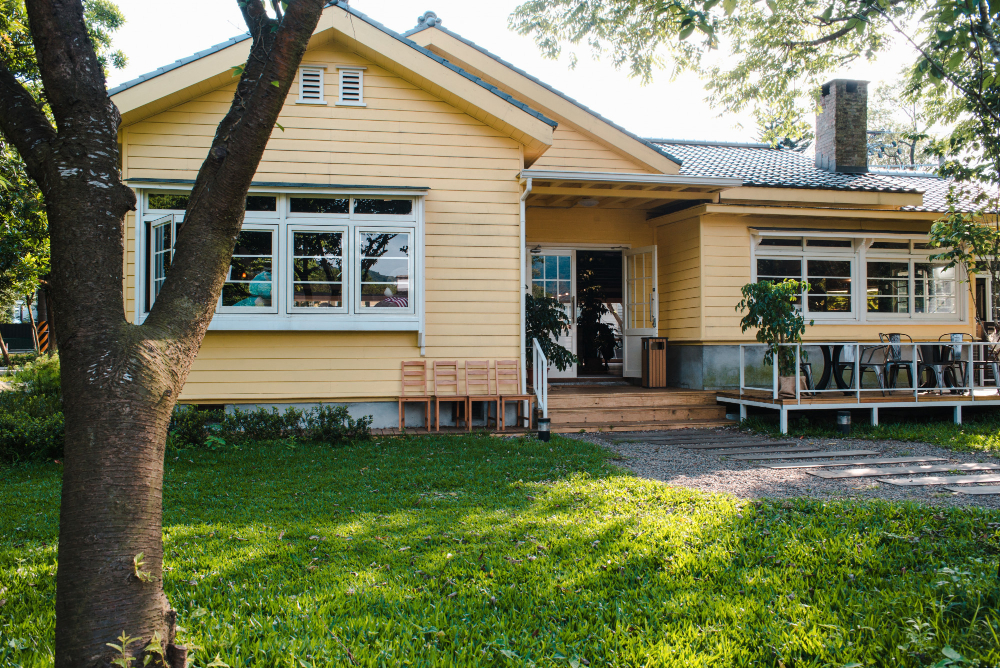Creating a low-water, sustainable garden is not only environmentally friendly but also a practical choice for regions with limited water resources. By selecting plants that are well-suited to dry conditions, you can create a beautiful garden that thrives with minimal water usage. Here are five plant species that are known for their ability to flourish in low-water environments:
1. Lavender (Lavandula spp.):
Lavender is a versatile and aromatic plant that is well-adapted to dry conditions. It requires little water once established and thrives in full sun. Lavender’s fragrant flowers attract pollinators, making it a great addition to any garden. It is important to note that lavender prefers well-drained soil, so ensure proper drainage to prevent root rot.
2. Succulents (Succulent spp.):
Succulents are renowned for their ability to store water in their leaves, stems, and roots, making them ideal for low-water gardens. These plants come in a wide variety of shapes, sizes, and colors, offering endless possibilities for creative garden designs. Some popular succulent species include Echeveria, Sedum, and Aloe Vera.
3. Mediterranean Herbs (Rosmarinus officinalis, Thymus spp., Salvia spp.):
Mediterranean herbs are well-suited to dry climates due to their natural adaptation to the Mediterranean region. Plants like rosemary, thyme, and sage are not only drought-tolerant but also add flavor to your culinary creations. These herbs thrive in well-drained soil and require minimal watering once established.
4. Yucca (Yucca spp.):
Yucca plants are known for their striking architectural form and ability to withstand arid conditions. They have long, sword-like leaves and produce tall flower spikes that add visual interest to the garden. Yuccas are low-maintenance plants that require little water and prefer full sun.
5. Agave (Agave spp.):
Agave plants are native to arid regions and are well-adapted to low-water environments. They have thick, fleshy leaves that store water, allowing them to survive in dry conditions. Agaves come in various sizes and shapes, from small rosettes to large architectural plants. They thrive in full sun and well-drained soil.
When creating a low-water, sustainable garden, it is essential to consider the specific needs of each plant species. Proper soil preparation, including adding organic matter and improving drainage, is crucial for their success. Additionally, applying mulch around the plants can help retain moisture and suppress weed growth.
By incorporating these five plant species into your garden, you can create a beautiful and sustainable landscape that conserves water and supports biodiversity. Remember to choose plants that are native or well-adapted to your region’s climate for the best results. Happy gardening!




